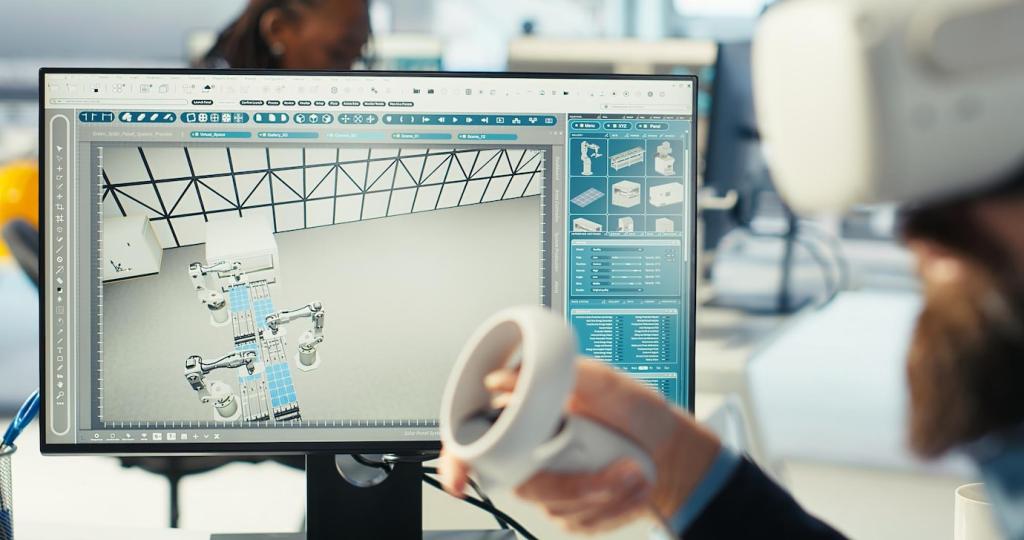Materials Leading the Way
Grown from fungal networks binding agricultural fibers, mycelium composites create lightweight, insulating parts with low embodied energy. One student team we met grew acoustic baffles in reusable molds, then sun-dried them on the studio roof, attracting curious neighbors and a local café seeking similar panels. The lesson: manufacturing can look like gardening, and design constraints become opportunities to cultivate form and function together.
Materials Leading the Way
Hemp shiv mixed with a lime binder produces walls that breathe, buffer moisture, and store biogenic carbon. While not a structural replacement for reinforced concrete, it pairs well with timber frames to create envelopes with steady temperatures and calmer acoustics. Builders praise its workability; homeowners praise its calm, dry feel through damp seasons. Considering a retrofit? Hemp-lime infill might bridge thermal upgrades with a poetic, earthy finish.











